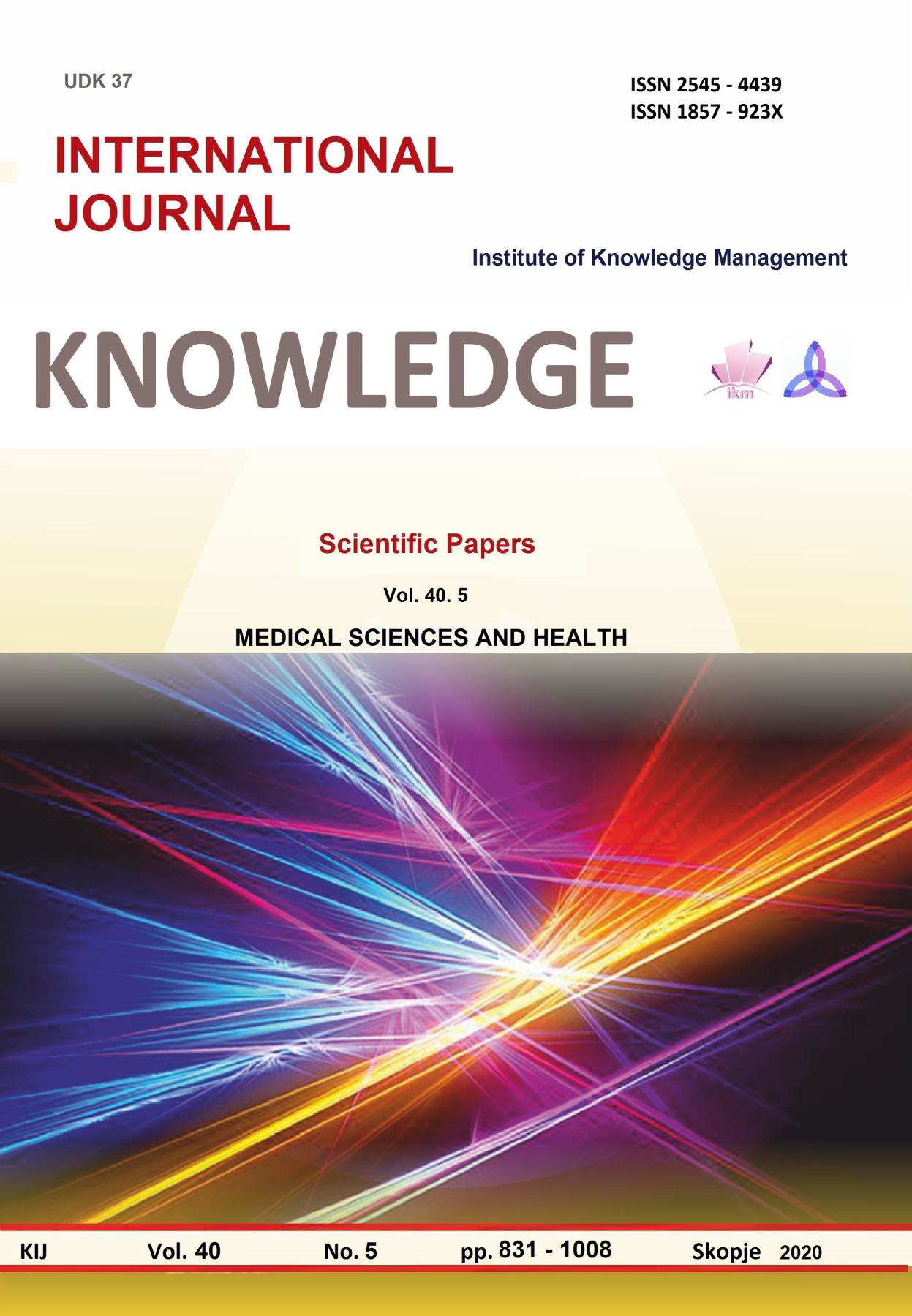KINESITERAPY IN PATIENTS WITH ISCHEMIC STROKE
KINESITERAPY IN PATIENTS WITH ISCHEMIC STROKE
Author(s): Krasimira ZlatkovaSubject(s): Social Sciences
Published by: Scientific Institute of Management and Knowledge
Keywords: kinesitherapy; stroke; comparative kinesitherapytechniques
Summary/Abstract: Stroke is a disease of socially significant nature. The etiological factor of the disease is clear and has a polyetiological component. The clinical picture is characterized by focal neurological symptoms and quantitative changes in consciousness.Stroke is a disease that manifests with acute onset, headache, outbreaks (paresis or paralysis) and quantitative changes in consciousness. The disease has a polyetiological component, the most common factors for the development of the disease are hypertension, diabetes mellitus, smoking, alcoholism, the use of hormonal drugs, vascular diseases (vasculitis) and others. A number of methodologies for kinesitherapy treatment have been described in the literature, but an algorithm or protocol for a comprehensive approach to the disease is rare. Innovators in the use of an algorithm for complex treatment of patients with acute brain injury and neurorehabilitation are Lubenova (2015) and Tityanova (2012). In their scientific work, they propose the use of one of the most modern methods of kinesitherapy for motor deficit in stroke patients [6,7,8,14]. In the methodology of Filipova (2015) it is noted that a kinesitherapy complex has been introduced and applied, including the implementation of innovative approaches [15,16,17,18]. In addition, the author provides a useful toolkit for the study of patients with acute cerebrovascular disease treated with venous thrombolysis [16,19, 20, 24].
Journal: Knowledge - International Journal
- Issue Year: 40/2020
- Issue No: 5
- Page Range: 969 - 972
- Page Count: 4
- Language: English

